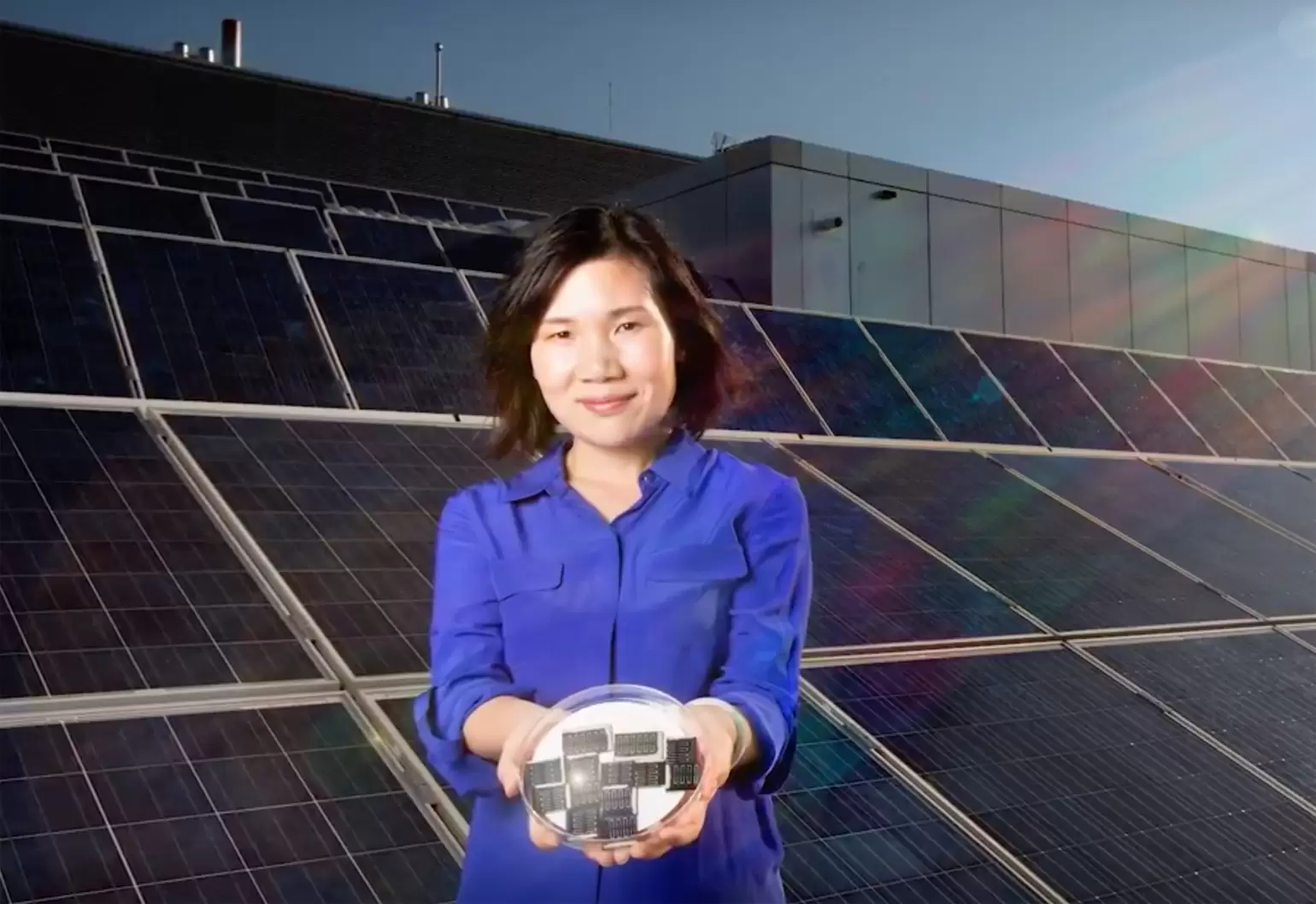An Australian research team has broken the 10 per cent energy conversion efficiency barrier for a non-toxic, economical alternative to established thin-film solar cell materials.
Dr Xiaojing Hao is on a mission to make solar cells cheaper, greener and more efficient.
“We want photovoltaic materials that won’t be limited in future deployment by supply and toxicity,” she told create.
Hao, a Scientia Fellow and senior lecturer in University of NSW’s (UNSW) school of photovoltaics and renewable energy, has achieved 11 per cent energy conversion efficiency for sulfide kesterite (CZTS) solar cells. This broke the previous world record of 9.5 per cent, which Hao’s team set in 2016.

While other economical thin-film solar cell materials such as cadmium telluride (CdTe) and copper indium gallium selenide (CIGS) contain toxic or scarce elements, CZTS is made up of copper, zinc, tin and sulfur. As well as being plentiful and reasonably priced, these components are non-toxic.
This achievement has already attracted a good amount of interest from industry, but in the next two years, Hao hopes to raise the bar even further.
“I think 15 per cent [efficiency] would be a good start to really kick off interest from industry,” she said, adding that 20 per cent efficiency would make CZTS material more competitive with other materials on the market.
Another attraction of CZTS is that it shares significant structural similarities with CIGS, so it could potentially be manufactured using existing equipment.
Interrelated factors
According to their research, published in Nature, the efficiency of CZTS cells has been stagnant for years due to charge carrying particles in the semiconductor material recombining without releasing photons. This problem is known as non-radiative recombination.
Hao explained there was no single challenge to be overcome, but the different functional layers of the solar cell were interrelated. Important tasks were improving the quality of the CZTS absorber layer, the top interface between the absorber and buffer layers, and the interface beneath the surface of the CZTS.
To further improve efficiency, Hao said her team aims to reduce the number of defects in the CZTS absorber. These defects trap photon-generated carriers and cause non-radiative recombination, which limits the operating voltage of solar cells.
Hao compared defects in the absorber layer to holes in a bucket of water.
“We are trying to find out where the holes are and what kind of material we need to patch the holes,” she explained.
Another goal is to make the material layer thinner and more transparent to enable the cell to generate higher electrical currents.
Boosting solar cell efficiency
Hao is also involved in research into other ways to boost the efficiency of solar cells. Along with UNSW solar energy pioneer Professor Martin Green, she is working on a project to develop thin film on silicon for tandem cells. These materials will stack thin film solar cells on the top surface of a silicon cell to further improve energy conversion efficiency.
The $9.82 million project has received $3.18 million in funding from the Australian Renewable Energy Agency (ARENA).
Green recently became the first Australian to be awarded the $820,000 Global Energy Prize for revolutionising the efficiency and costs of solar photovoltaics. One of Green’s breakthroughs is the passivated emitter and rear cell (PERC) solar cell structure, which is expected to boost solar cell efficiency to 25 per cent in five to 10 years.
According to the project description for Green and Hao’s tandem cell project, stacking one thin film cell onto a silicon cell could increase overall efficiency from 25 to 35 percent and two could deliver 40 per cent efficiency.

